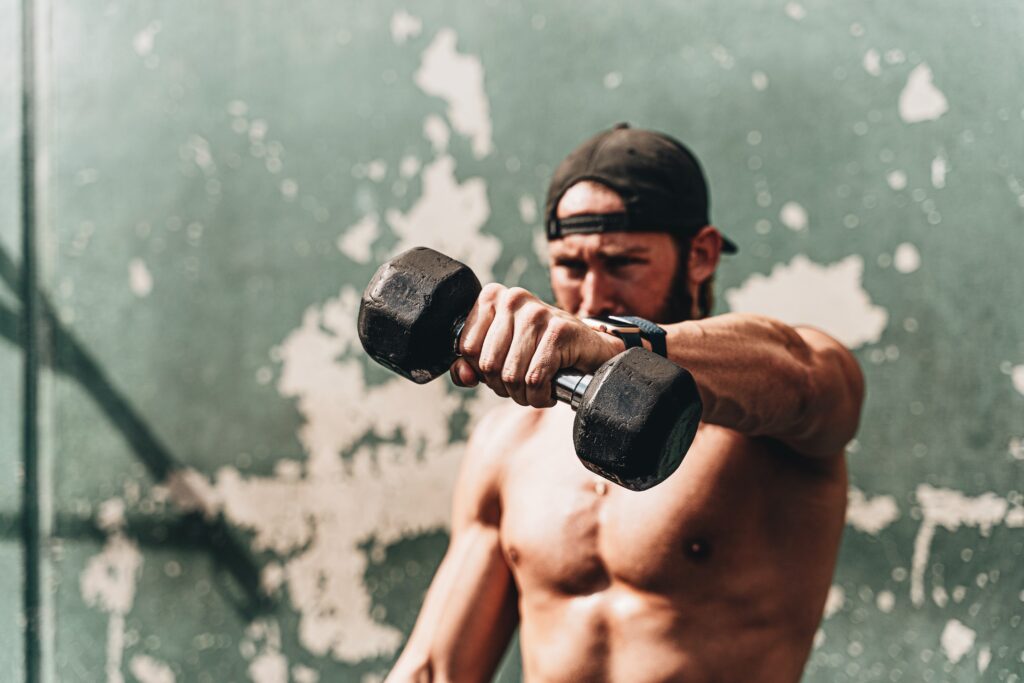
Lockdown is tough on bodies. Here’s how to avoid a common problem.
Even as Bears, we like to get out and be active. Whether it’s walking, running or going to the gym, we still like to get our fitness in!
But pandemic lockdown has forced many of us to be a little more inactive than we normally would. Some of us are taking on new types of exercise to compensate for our sudden inactivity during lockdown. But as people seek to increase physical activity without gyms during the COVID-19 pandemic, sports medicine doctors are seeing an increase in overuse injuries.
Here’s some tips and tricks from expert Dr. Andrew Haas:
What is an overuse injury? Is it different to repetitive strain injury (RSI)?
An overuse injury is similar to a repetitive strain injury. In both cases people can have symptoms of pain as a result of strain from mechanical overloading of tissues. These can occur from repetitive actions in sport and work environments or through routine activities of daily living. The repetitive mechanical loading of the tendons, ligaments, bones and nerves can cause progressive tissue damage leading to painful symptoms. If untreated, with continuation of the inciting activity, the tissue damage can progress leading to markedly worse symptoms as well as damage to the tissues, such as ruptures of tendons, tearing of muscle and fractures of bone

What are some common overuse injuries?
Some common overuse injuries include tendonitis, muscle strains, stress fractures, neuritis, injuries such as runner’s knee, iliotibial band syndrome, shin splints, tennis elbow, golfer’s elbow, achilles tendonitis, plantar fasciitis and rotator cuff syndromes.
Many of us are more desk-bound and working more in lockdown because we are sedentary. As an example, can back and chest pains be a result of sitting at a laptop computer for many hours for work?
Yes, postural position and work station ergonomics can very often lead to musculoskeletal pain from positioning and overuse.
What are the symptoms to be aware of and how can we not panic and start assuming the worst e.g. cancer or COVID-19?
Some symptoms/signs of an overuse injury to be aware of are soreness, pain with specific mechanical activity, pain in the affected area after physical activity and pain in the affected area during physical activity that either does not inhibit the activity or restricts the activity or performance; and development of chronic pain in the affected area at rest.
How does age affect our body’s strength and what age do we really need a training program?
As we age, our body changes and over the age of forty, there are changes in our tendons that can lead to greater incidence of overuse injuries. Over age the age of forty, and even more so over the age of sixty, it is helpful to participate in a strengthening and stretching program to optimize function and decrease the chance for injury.
What are some daily habits, from morning to night, that would help prevent an overuse injury?
Daily activity that can help to prevent overuse injuries would be participation in a strength and stretching program as well as ensuring that sport activity is performed in a safe manner with appropriate volume, frequency and mechanics.
For those of us averse to high impact exercise like running or weights, what are some gentler options?
Formal fitness routines are not necessary. One does not have to be a “gym rat” to be healthy. Low to moderate impact activity, walking, stretching, yoga and pilates are great options to maintain good health and avoid injury.
ABOUT THE EXPERT
Dr. Andrew Haas is a board-certified orthopedic surgeon and sports medicine physician at Westmed Medical Group located in Westchester, NY. He completed his undergraduate studies at Yale University and was awarded his medical degree from Albert Einstein College of Medicine. He performed his residency in orthopedic surgery at Montefiore Medical Center and completed a sports medicine fellowship at Boston University Medical Center. There he took care of the Boston University Intercollegiate Athletic Program, including the Top 10 ranked hockey team.













